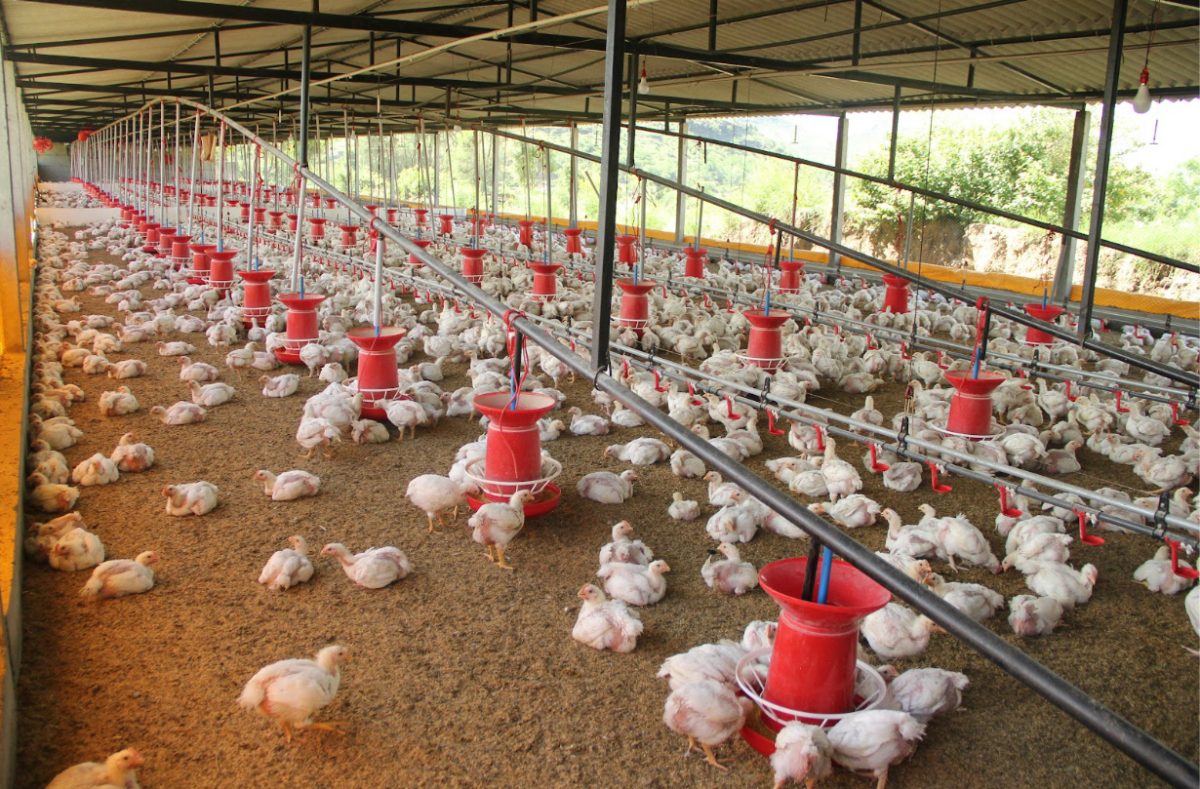On Jan. 7, a Louisiana man was the first reported death from the H5N1 avian bird flu. Although the avian flu is not rare, it hasn’t become extremely concerning until recently. First reported in 1997 in Hong Kong, this flu mainly affected chickens. The avian flu spreads through large scale poultry farms, and in the past it has been contained by killing the whole flock of birds. In recent years, this flu has quickly mutated, contaminating other birds and livestock such as cows. This is obviously a problem for animals, but it has rarely affected people. In April of 2022, the first human case was reported in the United States. Dying down in 2023, the avian flu has recently made a comeback in 2024. Sixty-four people living in the US have contracted the bird flu, and a 50% mortality rate was reported. This information is available since 954 cases have been reported worldwide starting in 2003.
The bird flu is contracted through airborne contact with an infected animal. Even once dead, the animal can still be contagious. As of now, the avian flu cannot be transmitted from human to human. The reason doctors are becoming more concerned with this strain of flu is because it is only a few genetic mutations away from transmitting through humans. The effect of this is projected to be catastrophic. However, it is not estimated to happen this flu season or the next. To stay safe from contracting the avian flu, do not drink unpasteurized dairy products. Additionally, try to avoid touching wild birds. If you know someone who works in a bird factory, make sure they are wearing protective gear and washing their hands frequently. Symptoms of the avian flu are a high temperature, achy muscles, headache and shortness of breath. If you are currently experiencing these, it is most likely another disease since the bird flu has only been reported in wild bird and chicken flocks in Pennsylvania. To find out more information on the avian flu, visit https://www.cdc.gov/bird-flu/situation-summary/index.html.















